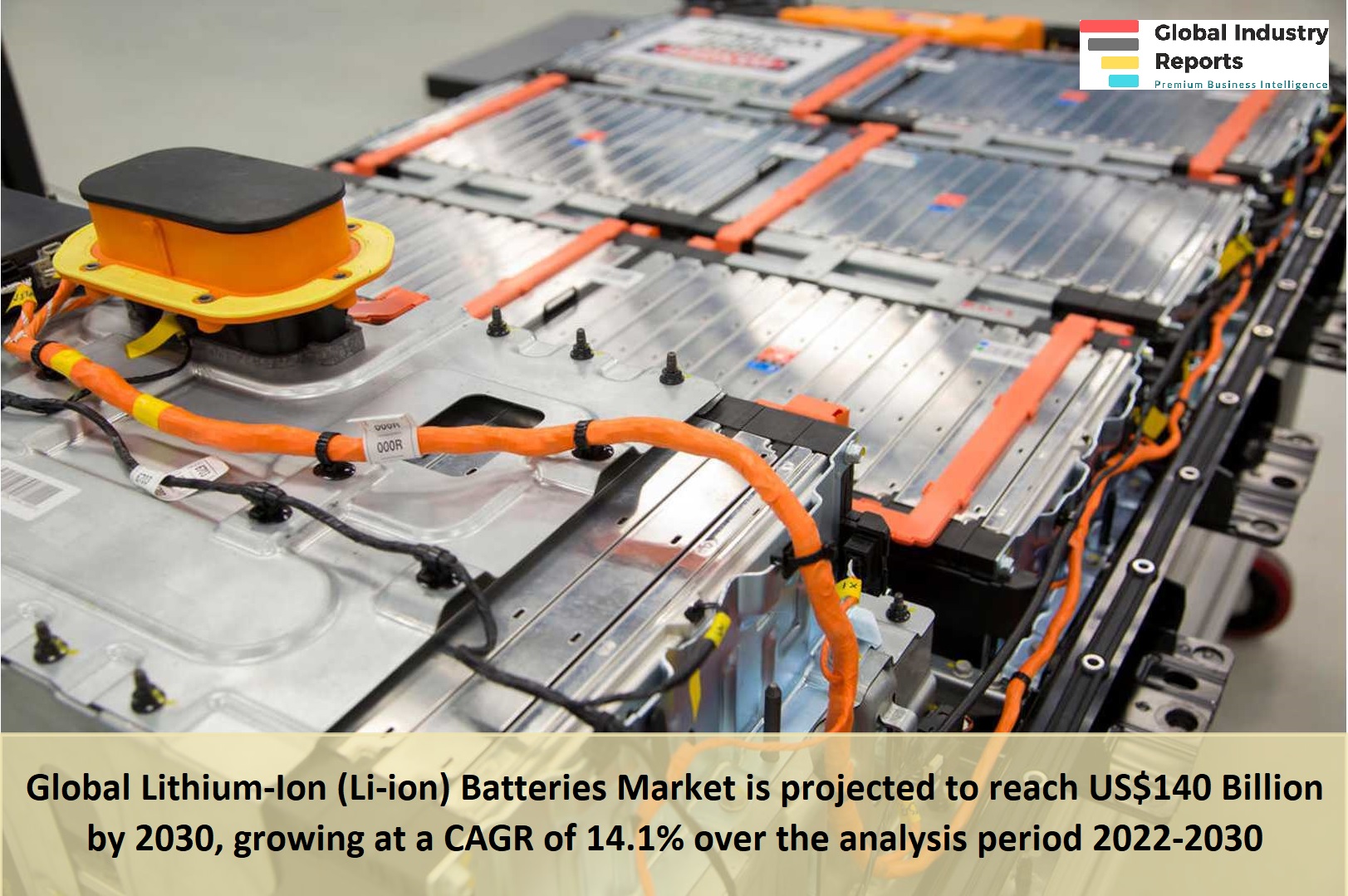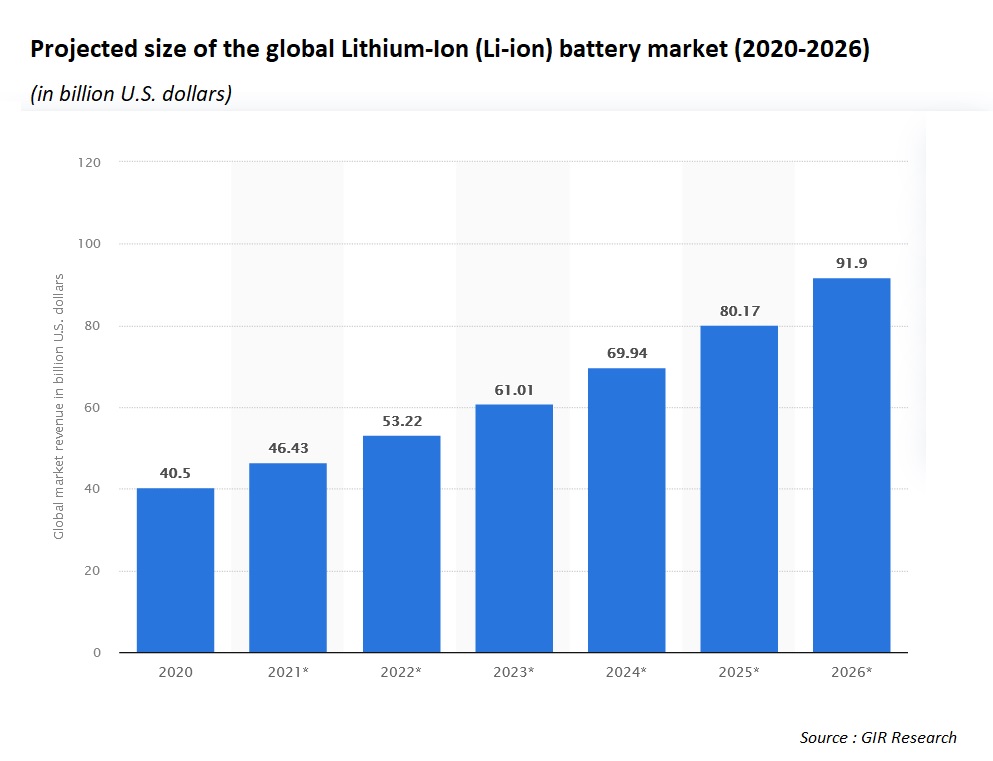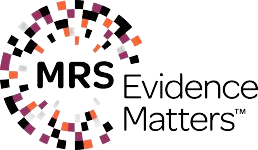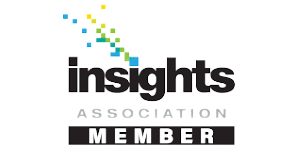Report Overview
- Understand the latest market trends and future growth opportunities for the Lithium-Ion (Li-ion) Batteries industry globally with research from the Global Industry Reports team of in-country analysts – experts by industry and geographic specialization.
- Key trends are clearly and succinctly summarized alongside the most current research data available. Understand and assess competitive threats and plan corporate strategy with our qualitative analysis, insight, and confident growth projections.
- The report will cover the overall analysis and insights in relation to the size and growth rate of the “Lithium-Ion (Li-ion) Batteries Market” by various segments at a global and regional level for the 2010-2030 period, with 2010-2021 as historical data, 2022 as a base year, 2023 as an estimated year and 2023-2030 as forecast period.
Description:
- In the changed post COVID-19 business landscape, the global market for Lithium-Ion (Li-ion) Batteries estimated at US$48.9 Billion in the year 2022, is projected to reach a revised size of US$140 Billion by 2030, growing at a CAGR of 14.1% over the analysis period 2022-2030.
- Lithium Nickel Manganese Cobalt (NMC), one of the segments analyzed in the report, is projected to record a 16.7% CAGR and reach US$74.9 Billion by the end of the analysis period. Considering the ongoing post pandemic recovery, growth in the Lithium Iron Phosphate (lfp) segment is readjusted to a revised 12% CAGR for the next 8-year period.
- The Lithium-Ion (Li-ion) Batteries market in the U.S. is estimated at US$7.5 Billion in the year 2022. China, the world`s second largest economy, is forecast to reach a projected market size of US$31.6 Billion by the year 2030 trailing a CAGR of 17.4% over the analysis period 2022 to 2030. Among the other noteworthy geographic markets are Japan and Canada, each forecast to grow at 10.6% and 12.3% respectively over the 2022-2030 period. Within Europe, Germany is forecast to grow at approximately 13% CAGR. Led by countries such as Australia, India, and South Korea, the market in Asia-Pacific is forecast to reach US$19.3 Billion by the year 2030.
MARKET DATA INCLUDED
- Unit Sales, Average Selling Prices, Market Size & Growth Trends
- COVID-19 Impact and Global Recession Analysis
- Analysis of US inflation reduction act 2022
- Global competitiveness and key competitor percentage market shares
- Market presence across multiple geographies – Strong/Active/Niche/Trivial
- Online interactive peer-to-peer collaborative bespoke updates
- Market Drivers & Limiters
- Market Forecasts Until 2030, and Historical Data up to 2015
- Recent Mergers & Acquisitions
- Company Profiles and Product Portfolios
- Leading Competitors
The Report Includes:
- The report provides a deep dive into details of the industry including definitions, classifications, and industry chain structure.
- Analysis of key supply-side and demand trends.
- Detailed segmentation of international and local products.
- Historic volume and value sizes, company, and brand market shares.
- Five-year forecasts of market trends and market growth.
- Robust and transparent research methodology conducted in-country.
- Qualitative and quantitative analysis of the market based on segmentation involving both economic as well as non-economic factors.
- Provision of market value (USD Billion) data for each segment and sub-segment.
- Analysis by geography, region, Country, and its states.
- A brief overview of the commercial potential of products, technologies, and applications.
- Company profiles of leading market participants dealing in products category.
- Description of properties and manufacturing processes.
- marketed segments on the basis of type, application, end users, region, and others.
- Discussion of the current state, setbacks, innovations, and future needs of the market.
- Examination of the market by application and by product sizes; utility-scale, medium scale and small-scale.
- Country-specific data and analysis for the United States, Russia, China, Germany, United Kingdom, France, Japan, Israel, Saudi Arabia, South Korea, United Arab Emirates, Canada, Switzerland, Australia, India, Italy, Turkey, Qatar, Sweden, Spain, Belgium, Netherlands, Norway, Singapore, Egypt, Denmark, Austria, Vietnam, Brazil, Argentina, Mexico, South Africa, and others.
- Coverage of historical overview, key industrial development and regulatory framework.
- Analysis of competitive developments, such as contracts & agreements, expansions, new product developments, and mergers & acquisitions in the market.
- A look at the opportunities in the market for stakeholders and provide a competitive landscape of the market leaders.
Reports Scope and Segments:
| Report Attribute | Details |
| Market size value in 2022 | USD 48.9 Billion |
| Revenue forecast in 2030 | USD 140 Billion |
| Growth Rate | CAGR of 14.1% from 2022 to 2030 |
| Base year for estimation | 2022 |
| Historical data | 2015 – 2021 |
| Forecast period | 2023 – 2030 |
| Quantitative units | Revenue in USD million and CAGR from 2023 to 2030 |
| Report coverage | Revenue forecast, company ranking, competitive landscape, growth factors, trends, DROT Analysis, Market Dynamics and Challenges, and Strategic Growth Initiatives
COVID-19 Impact, Market Growth Trends, Market Limiters, Competitive Analysis & SWOT for Top Competitors, Mergers & Acquisitions, Company Profiles, Product Portfolios, Disease Overviews. Market Size, Market Shares, Market Forecasts, Market Growth Rates, Units Sold, and Average Selling Prices. |
| Segments covered | Material, Type, Technology, Platform,Capacity, Voltage, Application & Region |
| Regional scope | North America; Europe; Asia Pacific; Latin America; Middle East and Africa and rest of the world |
| Country scope | United States, Russia, China, Germany, United Kingdom, France, Japan, Israel, Saudi Arabia, South Korea, United Arab Emirates, Canada, Switzerland, Australia, India, Italy, Turkey, Qatar, Sweden, Spain, Belgium, Netherlands, Norway, Singapore, Egypt, Denmark, Austria, Vietnam, Brazil, Argentina, Mexico, South Africa, and others. |
| Key companies profiled | 24M Technologies; A123 Systems; ACCUmotive (Daimler); Akasol; Aquion Energy; Beijing Easpring Material Technology; Bharat Electronics Limited (BEL); BMZ Group; BYD Company Ltd.; Contemporary Amperex Technology (CATL); Customcells; Duracell Inc.; East Penn Manufacturing; Electrovaya; EnerDel; EnerSys; Envision AESC; EVE Energy; Exide Technologies; Farasis Energy; Ferroamp Elektronik; Flux Power; GS Yuasa; Hitachi, Ltd.; Johnson Controls; Kokam; Leclanché; LG Chem; Lishen Battery; Microvast; Murata Manufacturing; Navitas Advanced Solutions Group; Northvolt; Okaya Power Group; Panasonic Corporation; QuantumScape; Renault Group; Romeo Power; Saft (TotalEnergies); Samsung SDI; Sepion Technologies; Shenzhen BAK Battery; Sila Nanotechnologies; SK Innovation; Skeleton Technologies; Solid Power; Sumitomo Electric Industries; Svolt Energy; Tadiran Batteries; Targray; TDS Lithium-Ion Battery Gujarat Private Limited (TDSG); Telemax India Industries Pvt. Ltd.; Tesla; Tianjin Lishen Battery; Torqeedo; Toshiba Corporation; Umicore; Varta Microbattery; Vision Group; Wanxiang Group; XNRGI; Zenlabs Energy and others |
| Customization scope | Free report customization (equivalent up to 20 analyst’s working days) with purchase. Addition or alteration to country, regional & segment scope. |
| Report Format | PDF, PPT, Excel & Online User Account |
Report Segmented by:
Based on Material:
Cathode Material
- Cathode Material for Lithium-Ion Batteries
- Lithium iron phosphate
- Lithium iron cobalt oxide
- Lithium nickel manganese cobalt
- Lithium nickel cobalt aluminum
- Lithium manganese oxide
Anode Materials
- Anode Material for Lithium-Ion Batteries
- Natural graphite
- Artificial graphite
- Another anode material
Electrolyte Material
- Separator Material
- Current collector Materials
- Other Materials
Based on Product Type:
Components of Lithium-ion Battery
- Cells
- Battery Packs
- Portability
- Stationary
- Portable
Based on Type:
- Lithium Nickel Manganese Cobalt oxide
- Lithium Iron Phosphate
- Lithium Cobalt Oxide
- Lithium Titanate Oxide
- Lithium Manganese Oxide
- Lithium Nickel Cobalt Aluminum Oxide
Based on Capacity
- 0 to 3,000 mAh
- 3,000 to 10,000 mAh
- 10,000 to 60,000 mAh
- 60,000 mAh and Above
Based on Voltage:
- Low (Below 12 V)
- Medium (12 V-36 V)
- High (Above 36 V)
Based on Industry:
- Consumer Electronics
- Automotive
- Aerospace & Defense
- Marine
- Medical
- Industrial
- Mining Equipment
- Construction Equipment
- Material Handling
- Power & energy
- Telecommunications
Based on Region:
- North America
- Europe
- Asia Pacific (APAC)
- Latin America
- Middle East & Africa
- Rest of the World (RoW)
Companies Covered in Report:
| 24M Technologies | Navitas Advanced Solutions Group |
| A123 Systems | Northvolt |
| ACCUmotive (Daimler) | Okaya Power Group |
| Akasol | Panasonic Corporation |
| Aquion Energy | QuantumScape |
| Beijing Easpring Material Technology | Renault Group |
| Bharat Electronics Limited (BEL) | Romeo Power |
| BMZ Group | Saft (TotalEnergies) |
| BYD Company Ltd. | Samsung SDI |
| Contemporary Amperex Technology (CATL) | Sepion Technologies |
| Customcells | Shenzhen BAK Battery |
| Duracell Inc. | Sila Nanotechnologies |
| East Penn Manufacturing | SK Innovation |
| Electrovaya | Skeleton Technologies |
| EnerDel | Solid Power |
| EnerSys | Sumitomo Electric Industries |
| Envision AESC | Svolt Energy |
| EVE Energy | Tadiran Batteries |
| Exide Technologies | Targray |
| Farasis Energy | TDS Lithium-Ion Battery Gujarat Private Limited (TDSG) |
| Ferroamp Elektronik | Telemax India Industries Pvt. Ltd. |
| Flux Power | Tesla |
| GS Yuasa | Tianjin Lishen Battery |
| Hitachi, Ltd. | Torqeedo |
| Johnson Controls | Toshiba Corporation |
| Kokam | Umicore |
| Leclanché | Varta Microbattery |
| LG Chem | Vision Group |
| Lishen Battery | Wanxiang Group |
| Microvast | XNRGI |
| Murata Manufacturing | Zenlabs Energy |
After Sales Support
- Every updated edition of the report and full data stack will be provided at no extra cost for 24 months.
- Latest 2022 base year report.
- Free Updated edition of 2023 every quarter without any hidden cost.
- No user limitation for the report. Unlimited access within the organization.
- Unrestricted post-sales support at no additional cost
- Free report customization (equivalent up to 10 analyst’s working days) with purchase. Addition or alteration to country, regional & segment scope
- Global Industry Reports will support your post-purchase for a period of 24 months to answer any of your queries related to the following market and to provide you any more data needed, for your analysis.
- Option to purchase regional or some selected Chapters from the report.
Key questions that are answered in this report
- What are the restraints in the lithium-ion battery market?
- What are the technological trends going in the lithium-ion battery market?
- Which are the major companies in the lithium-ion battery market?
- What elements are fueling the lithium-ion battery market’s expansion?
- What sectors make up the lithium-ion battery market?
- What market opportunities exist for growth in the lithium-ion battery sector?
- What are the various lithium-ion battery technologies that are offered on the market?
- What is the total CAGR expected to be recorded for the lithium-ion battery market during 2022-2031?
- What are the driving factors for the lithium-ion battery?
- Which are the significant players operating in the lithium-ion battery market?
- Which region will lead the lithium-ion battery market in the future?












